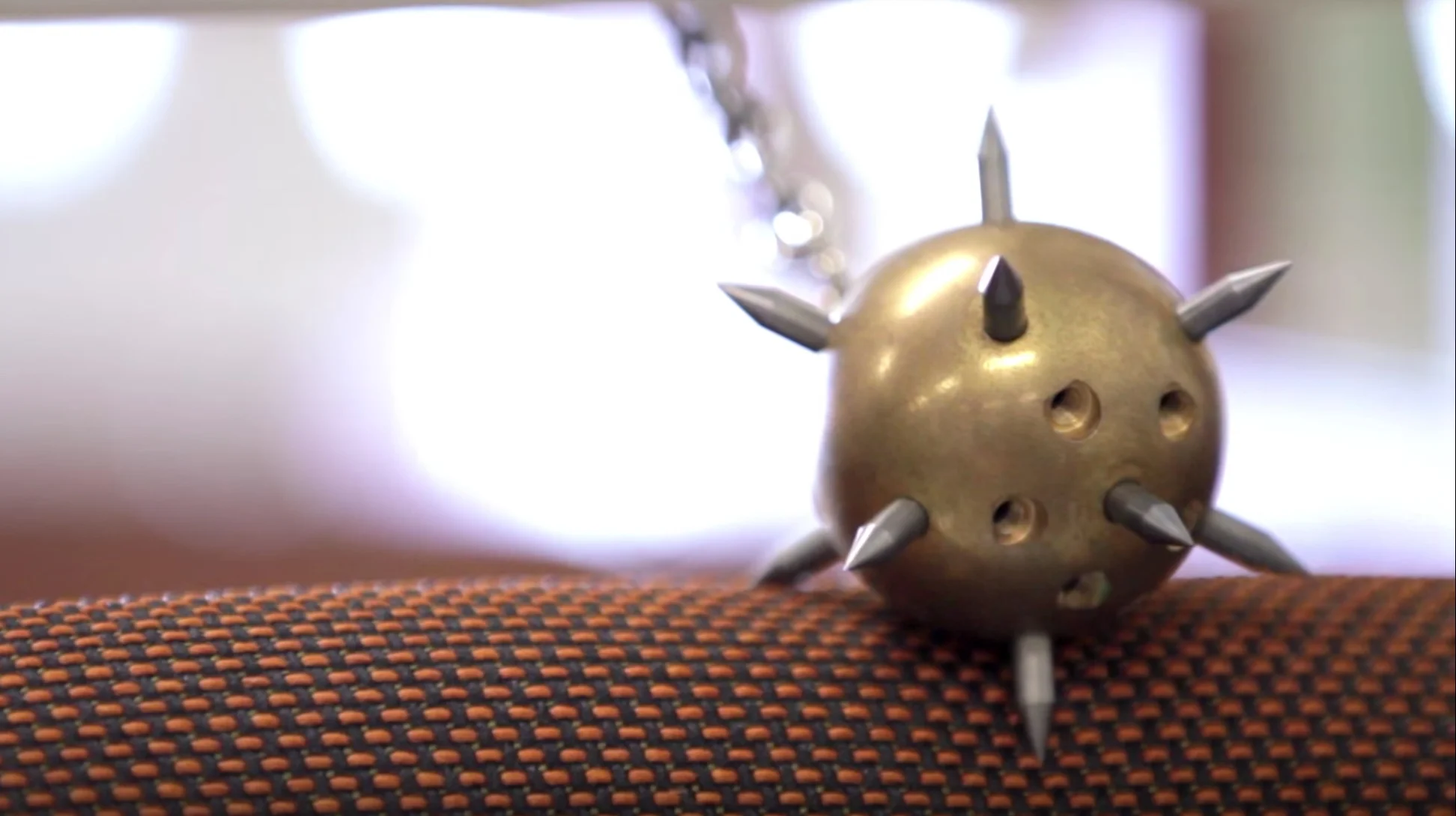The automotive news cycle is pretty simple: automaker develops all-new vehicle, unveils it to the media and public, and then immediately begins engineering an update to the vehicle which is subsequently unveiled to the media and public to much fanfare, and so on, forever and always. One of our primary objectives at the Ford Asia Pacific Content Factory was discovering and executing stories that didn’t rely on a new product announcement and could be used for earned media coverage and social media campaigns outside the traditional news cycle.
Through countless hours of research and interviews we unearthed stories at Ford’s labyrinthian research and engineering facilities across Southeast Asia, outside Melbourne, Australia, and at Ford’s Research and Engineering Center in Nanjing, a short train ride from our offices in Shanghai.
For the three stories embedded below, we went to the facility in Nanjing and explored gargantuan ovens and freezers where cars are subjected to the heat of a thousand suns and the cold of a thousand winters (decidedly non-scientific observations), hydraulic machines where parts are strapped in and shaken with the force of a thousand potholes, and too many other interesting labs and engineering teams to mention here. One lab in particular yielded fertile storytelling ground: a team focused on smelling, scratching and staining interior materials to ensure only the most durable materials make it into your car.
Through Scratches, Snags and Splashes, Ford’s Materials Are Ready for the Long Haul
Ford engineers scratch, snag and stretch all the different materials that go inside a vehicle to help ensure their durability and suitability to long-term customer use
Fabrics that are used inside Ford vehicles are stained with everyday substances like hot coffee, soda and dirt to evaluate how well they can be cleaned afterward, testing their overall stain resistance
A team of examiners smell various samples of materials used inside Ford vehicles and rank them to help the engineers achieve interiors with a perceptible but not disturbing odor
Throughout a vehicle’s lifetime, it’s inevitable that the materials inside a car show signs of wear and tear. Imagine the frequent sitting on car seats, leaning on arm rests, gripping the steering wheel and fiddling with the instruments. So what does Ford do to help make sure all vehicles are up to this challenge?
To help guarantee the durability of these fabrics, leathers and plastics, Ford engineers subject every material used inside Ford vehicles to a series of meticulous and unrelenting tests where they are stretched, scratched, snagged, sniffed and even splashed with the likes of grease, dirt and hot coffee, to see how they will stand up against the test of time.
These tests are done to help ensure it takes a lot more than a spilled cup of coffee, the graze of a sharp edge or any accidental scrapes and scuffs to break down these materials. Some of the unusual ordeals Ford materials need to go through include:
The Five-Finger Scratch Test, which is used to scratch samples of different plastics to see how much abuse they can take
The Soil and Cleanability Test, which splashes different substances on seat fabrics to evaluate how well they can be cleaned afterwards, testing their overall stain resistance
The Resistance to Dye Transfer Test, which rubs materials of different colors (i.e. those dreaded new blue jeans, long-term destroyer of white leather sofas around the world) against the leather used for car seats to see if any stains are left behind
The Mace Snagging Test, which spins seat fabrics on rotating rollers roughly 600 times while they’re repeatedly struck by a spikey iron ball to test how strong they are
In addition, a team of examiners smell various samples of materials used inside Ford vehicles and rank them to help the engineers achieve interiors that are free of disturbing odors.
The meticulous nature of these tests is a testament to Ford’s unwavering commitment to delivering quality vehicles that remain at their peak throughout the long cycle of their lives to customers and going the extra mile to ensure standards of comfort and durability are met.
